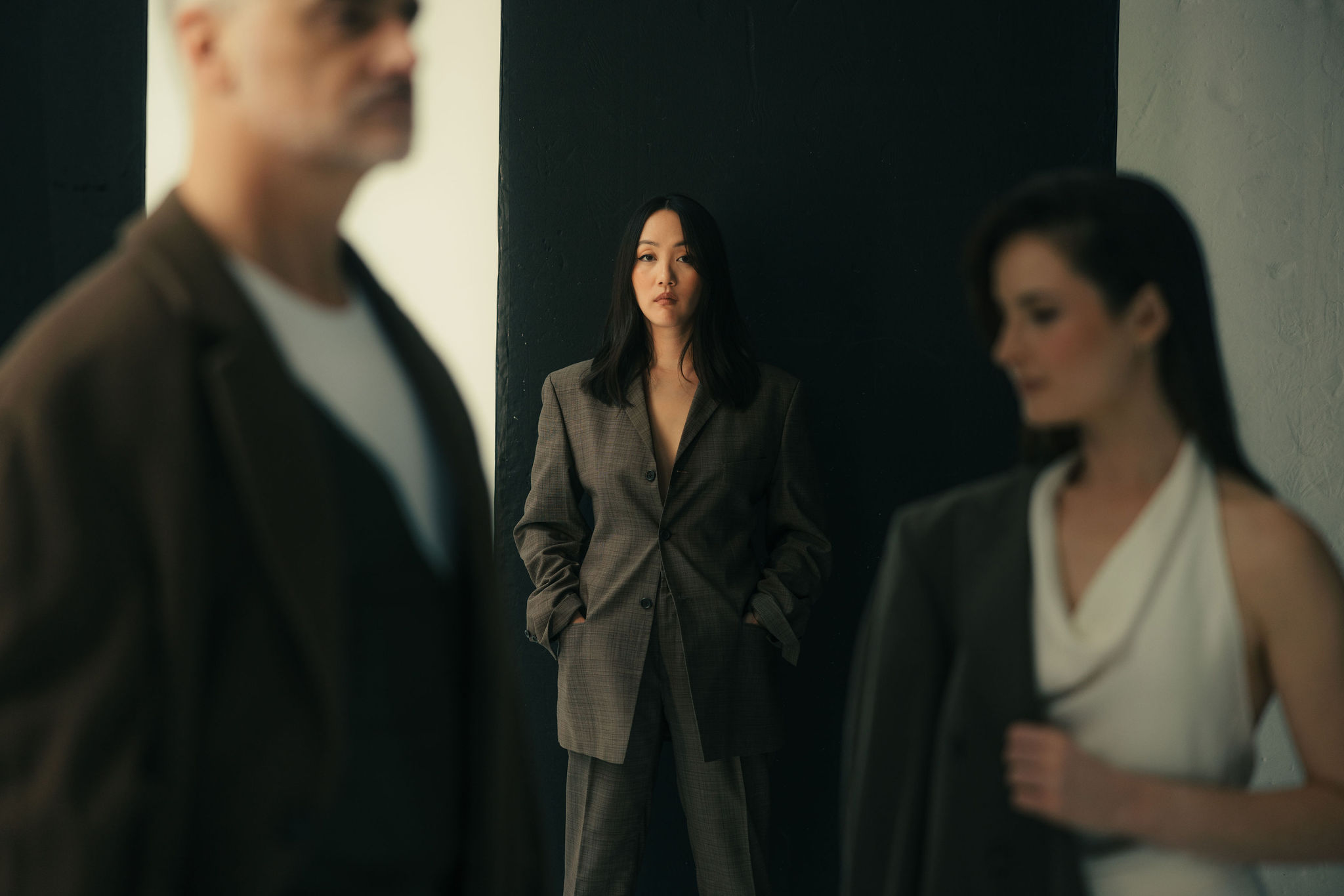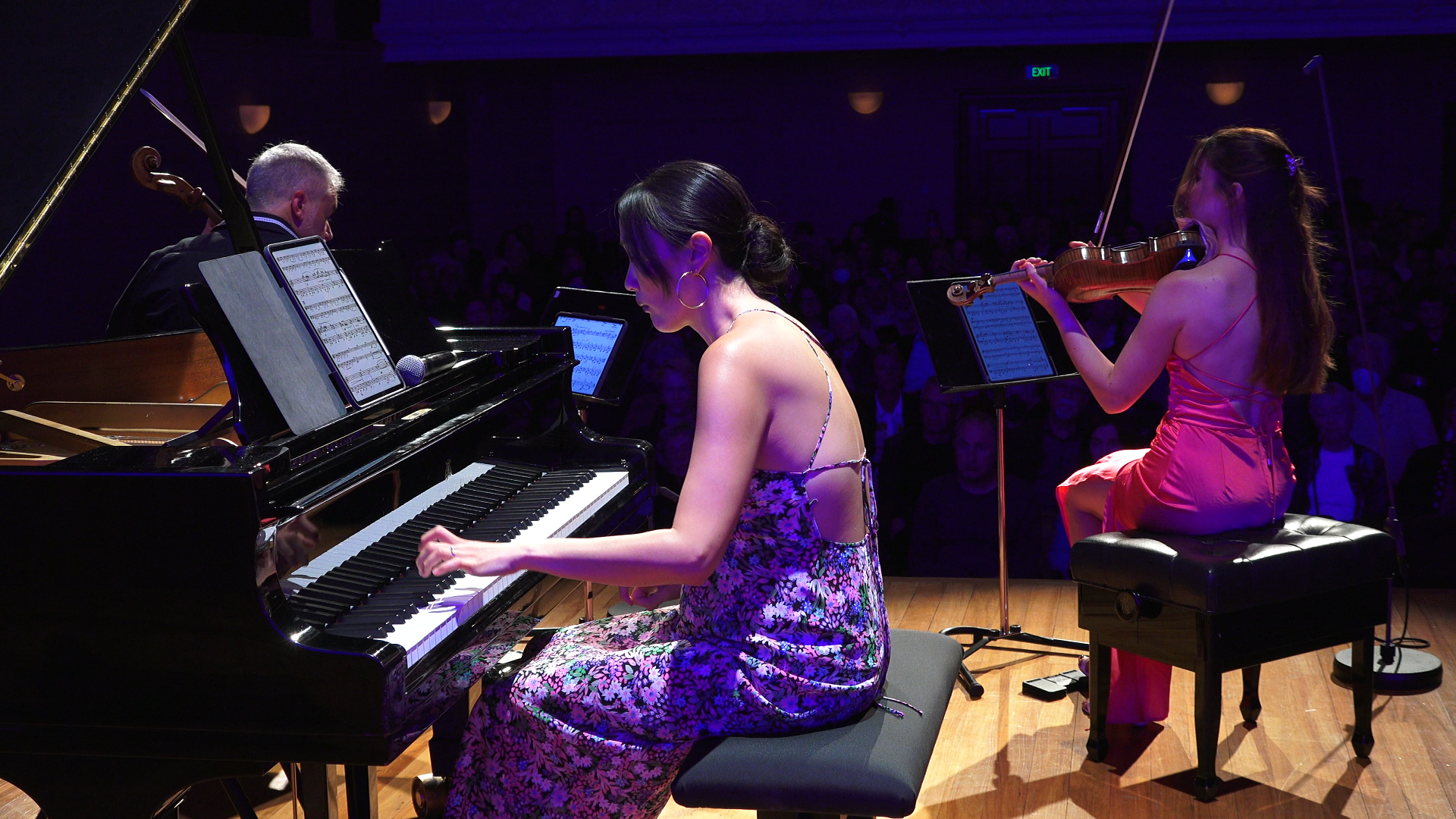Legacy 1
18may7:00 pmLegacy 1Wellington, Public Trust Hall
Event Details
LEGACY 1 Schumann – Sechs Stücke in kanonischer Form, Op. 56 arr. for Piano Trio, I & II Norris – Horizon Fields (new commission) Kapustin – Trio, Op.
Event Details
LEGACY 1
Schumann – Sechs Stücke in kanonischer Form, Op. 56 arr. for Piano Trio, I & II
Norris – Horizon Fields (new commission)
Kapustin – Trio, Op. 86
Beethoven – Piano Trio in B-flat major, Op. 97 “Archduke”
The story begins with the first two of Schumann’s “Six Pieces in Canon” where he pays homage to the lasting resonance of Bach’s prodigious talents in polyphonic writing. Then we look simultaneously to the past and the future, marking NZTrio’s proud legacy of over 75 commissions by performing the latest creation from Michael Norris, who wrote NZTrio’s first ever commission back in 2003. Genre-busting repertoire is highlighted in Kapustin’s trio, a representation of the Soviet jazz scene – spicy and crisp. There’s a moment to catch your breath before the heavyweight champion appears. Beethoven’s Op.97 Bb Major trio is dedicated to his patron and friend Archduke Rudolph of Austria who would surely be delighted to know his name lives on attached to this majestic and profoundly affecting work.
Tickets: $22.50 – $45
Time
May 18, 2022 7:00 pm(GMT+12:00)
Location
Public Trust Hall
131-135 Lambton Quay Wellington, 6011 New Zealand
Programme Notes
ROBERT SCHUMANN ( GER; 1810 – 56)
Sechs Stücke in kanonischer Form, Op. 56 (1845)
arr. piano trio by Kirchner
I Nicht zu schnell
II Andantino
Duration: 7’
Schumann excelled at miniatures. He also revered Johann Sebastian Bach, and in the spring of 1845 he and Clara were engrossed in the study of fugue. They had just moved to Dresden, where Robert was taking up the position as conductor of the Dresden orchestra; and the first thing they acquired for their new home was a pedal piano – an instrument with an extra row of pedals for playing bass notes, the closest thing you could get to an organ at home. It was wildly popular during that nineteenth-century craze for the organ and for playing symphonies and concertos in piano reduction. Robert was also teaching Clara counterpoint, and wrote this delightful little cycle of pieces for her.
They’ve been arranged for many instruments – this version for piano trio was made by Theodor Kirchner, one of Schumann’s students during his brief tenure at the Leipzig Conservatory.
MICHAEL NORRIS (NZ; b. 1973 )
Horizon Fields (new commission, 2022)
Duration: 10’
Michael Norris frequently takes his inspiration from art. Head of Composition at Te Kōkī NZ School of Music and Editor of Wai-te-ata Music Press – just two of his positions – he has won a number of awards and fellowships including the Mozart Fellowship, the Douglas Lilburn Prize, and two SOUNZ Contemporary Awards, most recently in 2018 for an ensemble piece incorporating throatsinger and live electronics – he is acclaimed worldwide for his programming work, which has been used by Aphex Twin and Brian Eno. Closer to home, he is also co-founder and director of the contemporary music ensemble Stroma; this is his second commission from NZTrio since his trio inspired by digital art, Dirty Pixels of 2003.
Michael writes:
Horizon Fields takes its themes from the large-scale art installation Horizon Field Hamburg by Antony Gormley. Comprising an enormous steel platform suspended 7m above the ground of the Deichtorhallen in Hamburg, its mirror-like black epoxy surface created striking reflections of both the hall’s architecture and the city beyond. For visitors who walked across it, this provided the illusion of teetering on the surface of a deep, dark (perhaps frozen?) lake. Furthermore, any sudden or coordinated movements from the participants would also initiate a gentle rocking motion in the entire structure.
Gormley’s themes of floating planes suspended in architectural space, mirror-form reflections and gentle oscillations have been freely interpreted to form the core sonic ideas and musical behaviours of this piano trio. The piano is the initiator of movement in the structure, sending out small ‘ripples’ of colour that the strings sustain, echo, vibrate and pulse. A static C-sharp returns throughout the work as a pedal—a flat plane or ‘artificial horizon’, if you will—around which the techniques of echo, reflection/inversion, interference and repetition form an ever-intensifying musical expressivity.
Horizon Fields was commissioned by NZTrio and is dedicated to them
NIKOLAI KAPUSTIN (UKR; 1937 – 2020)
Trio, Op. 86 (1998)
I Allegro molto
II Andante
III Allegro giocoso
Duration: 18’
“I was never a jazz musician. I never tried to be a real jazz pianist, but I had to do it because of the composing. I’m not interested in improvisation – and what is a jazz musician without improvisation? All my improvisations are written, and they became much better; it improved them.”
The enduringly popular trio by the great Ukrainian composer Nikolai Kapustin, pioneer of Soviet jazz. Born in Horlivka in the Donetsk region, he was clearly a piano prodigy from a young age, composing his first sonata when he was 13 and learning the great classical canon from JS Bach on. Chopin, Ravel, Prokofiev, and Scriabin always remained special loves, but he also grew up with jazz, which had started to trickle into the USSR in the 1930s. Shostakovich immediately latched on to it, so did Prokofiev, and even the Soviet government was intrigued, contrary to their usual attitude to cultural influences from the west. They demanded that more be done to reflect this interesting new genre and by the time that Kapustin was a teenager there was a State Jazz Orchestra in Moscow, and a Big Band, and the style was well established – even if in a peculiarly watered-down Soviet version that sounds naïve, now, and makes you smile.
Kapustin played in both bands and over the course of the 1950s began acquiring a reputation as a jazz pianist, arranger and composer, devoting himself almost exclusively to piano and developing a style that fuses classical approach to form with jazz approach to harmony and rhythm, characterised by an unparalleled richness and zest all his own. It sounds improvised but is not – as he said himself, it is better. He also had a jazz quintet, playing around Moscow’s fanciest restaurants, eagerly seizing on all the new music that was beginning to come in from America – Oscar Peterson, Art Tatum, Herbie Hancock, Bill Evans. By the time the wall came down it was not so much a question of Russia suddenly being flooded with jazz in real time but of the western world suddenly discovering him.
This trio, originally with flute, is his first of his small foray into chamber music (at the age of 61!) and is Kapustin at his best. The first movement is energetic jazz after a striking opening: the second a languid andante, ending on a joyous finale and always giving every instrument its chance to shine. Close your eyes so you can’t see the trio reading (rather difficult) music, and as always with Kapustin, you would think you were hearing a well-drilled jazz trio riffing on some favourite numbers of their own.
LUDWIG VAN BEETHOVEN (GER; 1770 – 1827)
Piano Trio in B-flat major, Op. 97 “Archduke” (1811)
I Allegro moderato
II Scherzo (allegro)
III Andante cantabile ma però con moto. Poco più adagio
IV Allegro moderato – Presto
Duration: 45’
This incomparable piano trio was written for Archduke Rudolf, the youngest child of Emperor Leopold II and Beethoven’s lifelong friend and patron. Sickly, also unencumbered by affairs of state, he devoted himself to music and by the time he was sixteen had dumped his piano teacher – the official music teacher to the Hapsburg princes – in favour of the 34-year old Beethoven who was making such a splash in Vienna. They became fast friends, despite the gap in their ages, and Beethoven even accepted him for composition as well as piano – the only composition pupil Beethoven ever had.
And, of course, the Archduke’s position meant that he could introduce Beethoven to the cream of Viennese society just when he needed it. Not only that, when it seemed Beethoven might leave Vienna – he’d been offered a job in Westphalia in northern Germany – the Archduke lured him to stay by teaming up with Princes Lobkowitz and Kinsky to guarantee him an annual salary, 4,000 florins for life; and when one was killed in a fall from his horse and the other went bankrupt, he took over sole responsibility and continued to pay Beethoven himself, even increasing for inflation until he died. Beethoven repaid his friend by dedicating some fourteen works to him in total – all his most important works, including the Emperor piano concerto, the Hammerklavier sonata, the Missa Solemnis – and this.
This is Beethoven at the height of his powers, completely the master of large-scale sonata form. The opening theme is one of great spaciousness, luxuriance, flowing serenely along into the more staccato second subject, masterfully developed in lush writing for both piano and strings. The scherzo is energetic and bouncy, wrapped around a trio that combines mysterious fugato with a brilliant waltz. Then, the heart of the work, a hymn-like set of variations “singing, but keeping the movement going” that seem to evolve from within, inexorable, crossing all the usual time boundaries – this is one of Beethoven’s later hallmarks – until a swift change in mood leads into the dazzling, dancing, gypsy-inspired finale. Subjected to constant development, displaying his incredible mastery of harmony and texture as well as rhythm and melody (that cello soaring above the piano tremolandos), it all leads to a thrilling presto coda.
“The Archduke” was a turning-point for Beethoven, written at a time of confidence when he had recovered from a lost love-affair and was experiencing a temporary reprieve in his health woes and deafness. But the premiere was a disaster; he thumped the piano so hard that the strings broke. Even his friends winced when writing their reports. This marks the height and the end of his “heroic”, extraordinarily creative middle period. From now, his deafness would return with a vengeance, and he would embark upon the uncompromising inward journey that marks the style of his last years.
Programme notes by Charlotte Wilson


